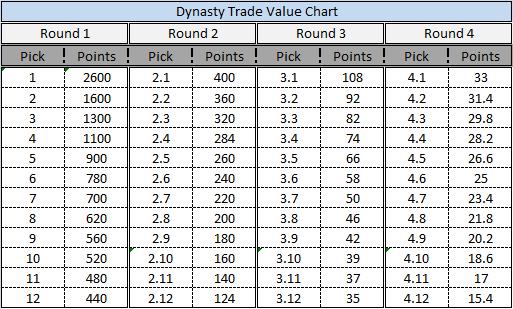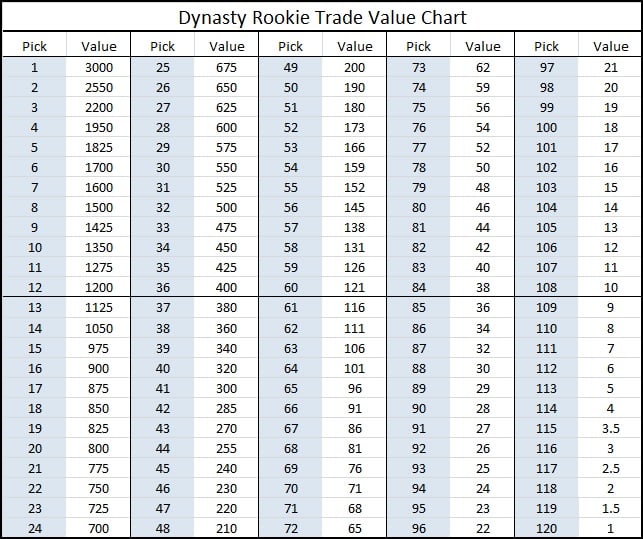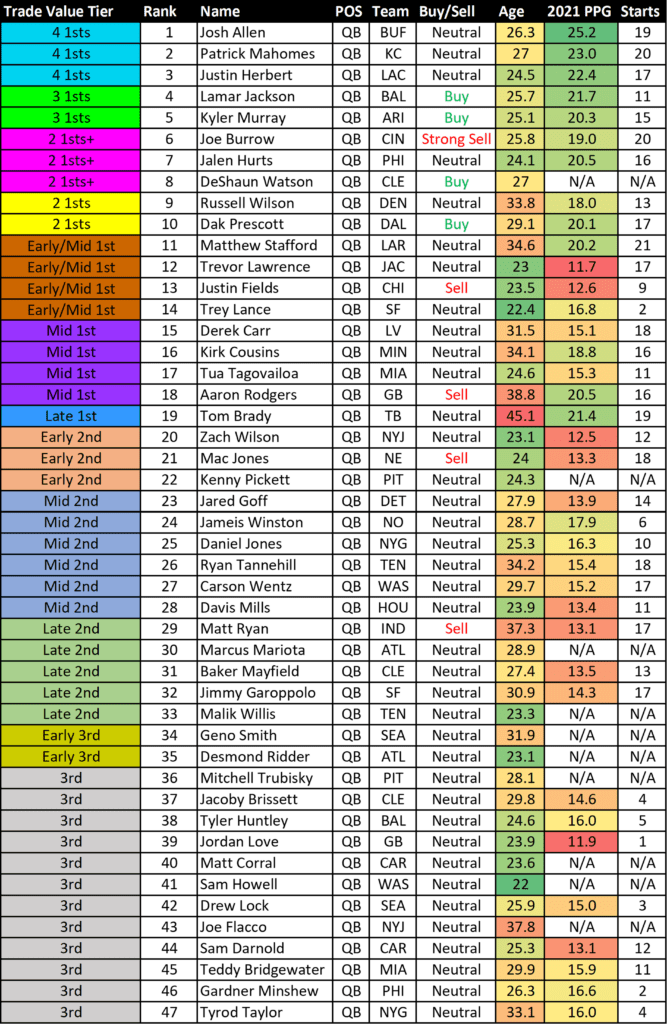You've meticulously crafted your roster, painstakingly drafting sleepers and stashing prospects like precious gems. You're in it for the long haul—this isn't some fleeting fling with a fantasy football team. This is dynasty fantasy baseball, and you, my friend, are an architect of baseball destinies. But let's face it, building a dynasty isn't just about drafting well; it's about navigating the treacherous waters of the trade market. It's about knowing when to hold 'em, knowing when to fold 'em, and knowing when to fleece your league-mates (in the friendliest way possible, of course).
That's where the dynasty fantasy baseball trade chart comes in—your compass, your map, your secret weapon in the quest for dynasty dominance. Think of it as the Rosetta Stone for deciphering the value of players across different positions, ages, and stages of their careers. But much like the real Rosetta Stone, deciphering a dynasty trade chart can feel like a daunting task, especially for those new to the dynasty scene.
So, why are these charts so crucial in the dynasty format? Well, dynasty leagues operate on a different plane of existence than their redraft counterparts. In redraft leagues, you're playing for today, for this season's championship. But in dynasty, you're playing chess while everyone else is playing checkers. You're thinking years ahead, building a sustainable pipeline of talent, and constantly evaluating players not just on their current production, but on their long-term potential.
This is where things get really interesting, and where the concept of trade value can become quite nuanced. A 22-year-old rookie phenom with a rocket for an arm and five-tool potential might be worth more than a 30-year-old slugger in the twilight of his career, even if the veteran is currently putting up better numbers. Dynasty trade charts attempt to capture this complexity, providing a framework for understanding how players are valued based on their age, performance, and future outlook.
Now, before you rush off to the first dynasty trade chart you can find and start proposing trades like a kid hopped up on sugar, let's pump the brakes for a second. While dynasty trade charts can be invaluable tools, they're not magic wands. They shouldn't dictate your every move, but rather inform your decisions and provide a starting point for negotiations. The real magic happens when you combine the insights gleaned from these charts with your own league-specific knowledge, understanding of player values, and a healthy dose of good old-fashioned gut instinct.
Advantages and Disadvantages of Dynasty Fantasy Baseball Trade Charts
| Advantages | Disadvantages |
|---|---|
| Provide a baseline for player value | Can be subjective and vary between sources |
| Help identify overvalued and undervalued players | Don't account for league-specific factors (e.g., scoring settings, roster sizes) |
| Facilitate fair and balanced trades | Require context and interpretation, not blind adherence |
Unlocking power your guide to the used lml duramax engine
Poems of a police dream exploring filipino aspirations
Sunrise time today your ultimate guide
Fantasy Baseball Trade Chart: Week 9 (2021) - Khao Tick On
Dynasty Baseball Trade Value 2024 - Khao Tick On
Nba Fantasy Trade Value Chart - Khao Tick On
10 Players to Trade Now (2024 Fantasy Baseball) - Khao Tick On
Cbs Dynasty Trade Chart - Khao Tick On
20 Things to Watch: Nolan Jones, Jake McCarthy, Bobby Miller (Fantasy - Khao Tick On
2022 Dynasty Fantasy Football Trade Value Chart: Wide Receivers - Khao Tick On
Dynasty Fantasy Football Trade Value Chart - Khao Tick On
Fantasy Baseball Trade Value Chart (2023) - Khao Tick On
Printable Fantasy Football Rankings By Position - Khao Tick On
Dynasty Trade Value Chart Fantasy Football Update - Khao Tick On
Dynasty Fantasy Baseball Trade Calculator - Khao Tick On
Mlb Player Values 2024 Predictions - Khao Tick On
dynasty fantasy baseball trade chart - Khao Tick On
2022 dynasty league fantasy football trade value charts (August update - Khao Tick On














